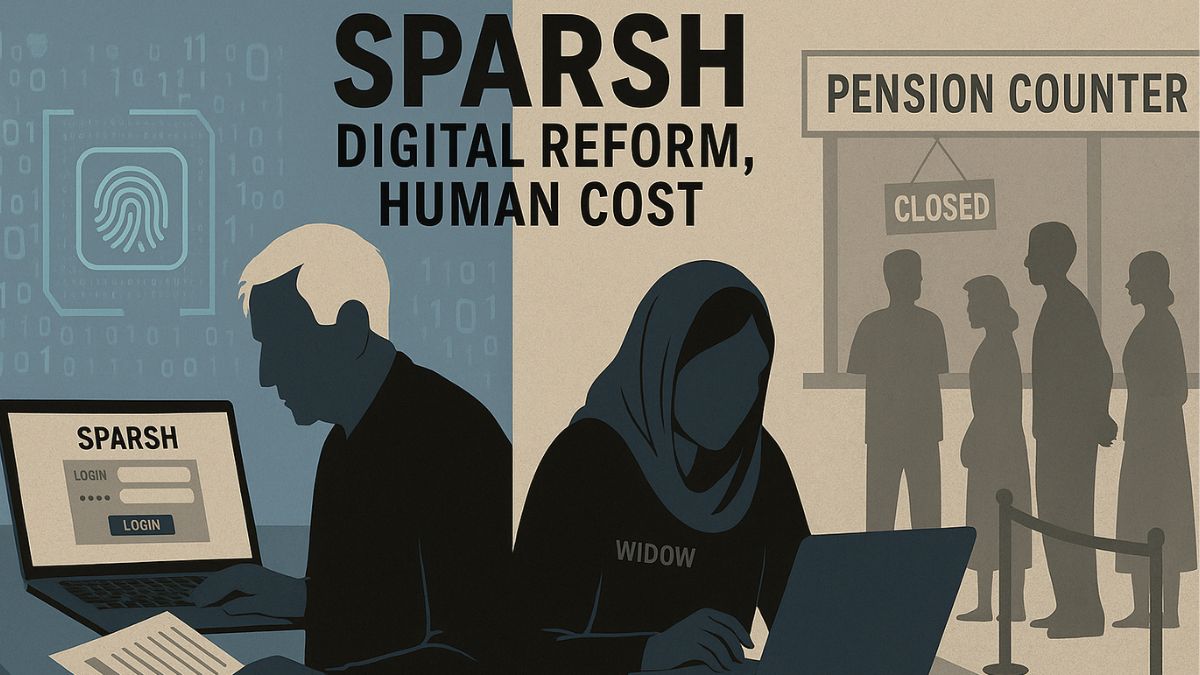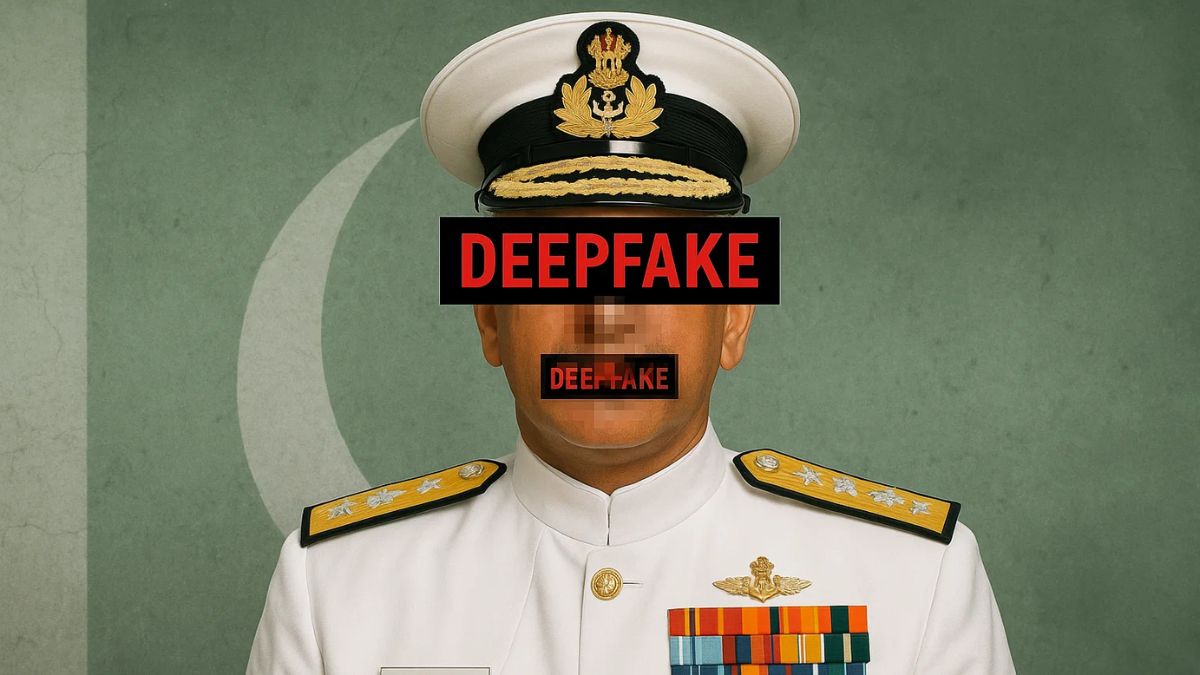SPARSH At Scale: Digital Reform, Human Cost

SPARSH promised digital reform for defence pensions, but for many veterans and widows it has meant delays, confusion, and the human cost of neglec.( image courtesy AI generated image via GPT-5)
The Defence Ministry’s digital pension platform, SPARSH (System for Pension Administration – Raksha), was launched with lofty promises of efficiency, transparency, and an end to middlemen. By 2024, it had been rolled out to cover nearly all defence pensioners. On paper, it is a success story of e-governance.
On the ground, for many veterans and widows, it has been a source of anxiety, confusion, and even survival crises.
The shift to SPARSH was meant to be seamless. Instead, the rollout left some of the most vulnerable pensioners struggling with passwords, KYC verification, and portal logins. For elderly veterans in rural Haryana, Punjab, or Rajasthan, or widows unfamiliar with technology, navigating the system has been daunting.
In too many cases, pension payments were delayed or stopped altogether because of incomplete digital records or failed biometric verification. What should have been a routine monthly credit turned into an ordeal of phone calls, online tickets, and trips to distant facilitation centres.
Veterans’ associations have reported thousands of cases where pensions lapsed for months. Some were forced to borrow money for daily expenses while they waited for the system to correct itself.
Court petitions were filed, and in several instances, tribunals and high courts directed the ministry to restore payments immediately. It should not take litigation for a veteran to receive what is already his or her due.
The Defence Accounts Department has announced fixes: offline counters, helpdesks, and SPARSH “service camps” to assist those unable to navigate the system. But the sheer volume of complaints shows that these measures remain inadequate.
A helpline that does not connect and a portal that times out are not solutions. Nor does it help that communication from the ministry is often in dense bureaucratic language, unintelligible to the average pensioner.
The problem is not the idea of digitisation itself. A digital pension system is, in principle, a step forward. The problem is the lack of parallel human support to cushion the transition.
Technology should enable, not exclude. Rolling out SPARSH without ensuring robust offline options created a new divide — between those comfortable with online systems and those left stranded by them.
This divide is more than inconvenience. For elderly widows or disabled veterans, a delayed pension can mean an empty medicine cabinet or an unpaid hospital bill. What was conceived as efficiency has, for too many, translated into indignity.
The solution lies in embracing a hybrid model. Keep SPARSH, but strengthen physical facilitation counters at the district level. Ensure that every pensioner receives plain-language SMS and postal updates about their status.
Set service-level timelines for grievance redressal, and publish quarterly dashboards showing how many stoppages occurred and how quickly they were resolved. Most importantly, design the system around the pensioner, not around the convenience of the bureaucracy.
India has invested in a professional military on the assurance that its men and women in uniform will not be abandoned once they hang up their boots. The SPARSH experience shows that intent alone is not enough; execution matters. Technology without empathy is just another barrier. Veterans deserve better.







